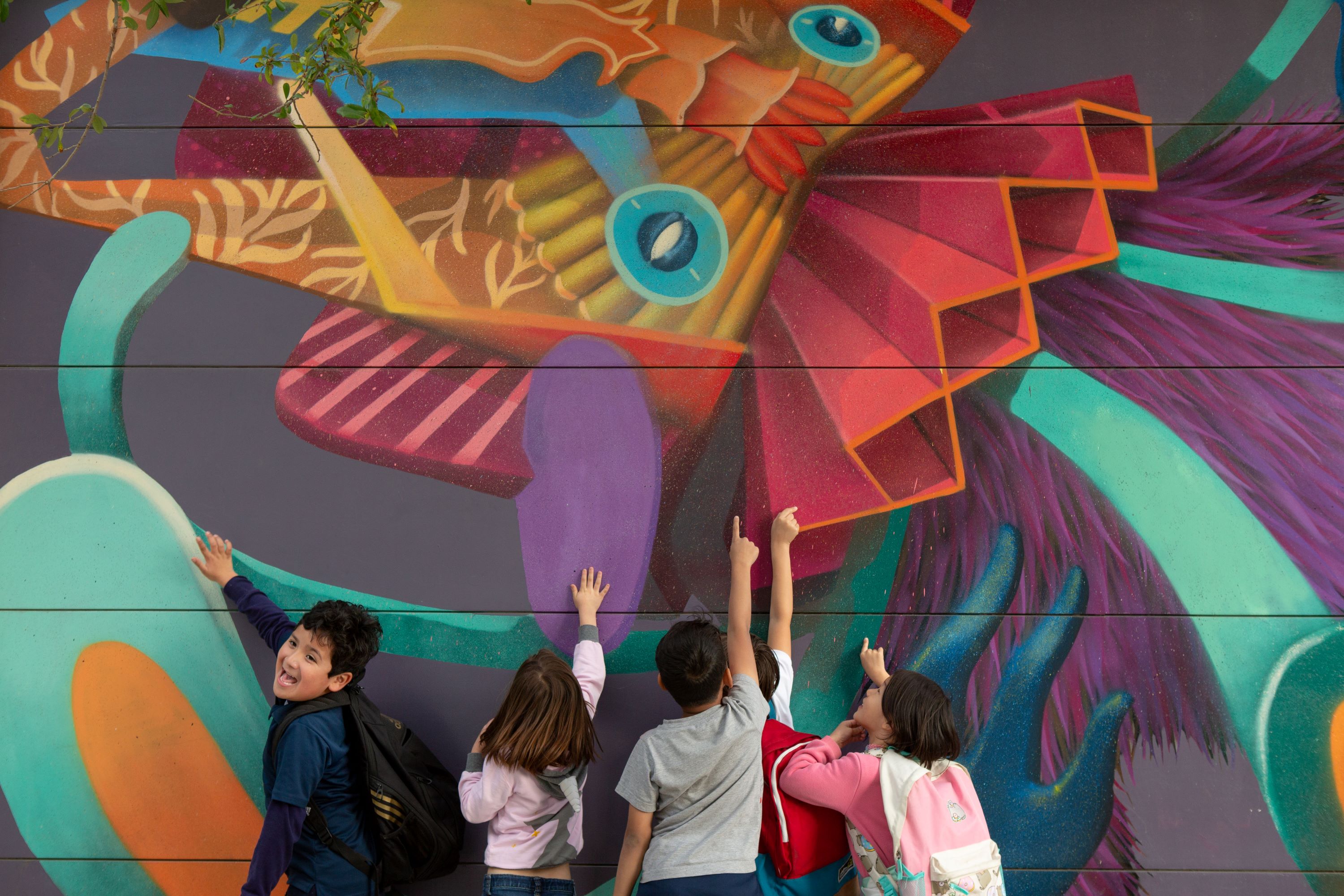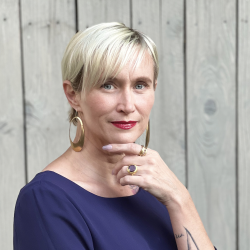
One of the popular projects in the PBLWorks library is Welcome to the Neighborhood, where our youngest learners explore their neighborhoods, construct maps of their most treasured geographic locations, and create a guide for newcomers.
We consistently hear how this project nurtures a safe, inclusive and empathetic classroom environment, while also honoring the people — their cultures, languages, experiences and expertise — in the larger community.
As teachers, we are drawn to this project because we instinctively know that when students are connected to places that matter to them, and can co-construct places of community, their self and social awareness leads to a harmonious classroom. This helps make the jobs of teaching and learning a whole lot more enriching.
So how can every project, large and small, honor the places and context that make these enriching learning experiences possible?
What places could teachers emphasize?
What are the contexts teachers could consider when designing or adapting a project?
The places kids care about
What are the special places in your area that students frequent, and for what purpose? Maybe it’s the beach or a desert trail, a skate park or a public pool.
What could they do to protect or improve it? They could lead a clean up or accessibility campaign, for instance, or inform and educate others about it. They could feature a historical marker or create a digital photographic exhibition.
As teachers and facilitators, you could ask students directly to name their favorite places, or you can get creative and survey families, using the data as a classroom culture-building activity or a spark for personal narratives. Get a window into the places students visit by having them draw a map of their “best day in the neighborhood.”
Keep in mind that honoring places and contexts within our communities doesn't have to be only about problems to fix or issues to resolve. We can also leverage community partners to uplift and pay respect to places and contexts normally omitted from or overlooked by traditional curricula. As educators and project designers, we don’t have to have all the answers to a community's issue; we can honor a place and context by also lifting up the bright spots, accomplishments, landmarks, and rarely explored historical references that a place has to offer.
Watch our video, March Through Nashville Project
In Ayele Shakur’s blog post, Using Culturally Relevant PBL to Build Thriving Communities, she reminds us that, as educators, we should also be asking ourselves: How can learning better resonate with students and help them draw parallels between the classroom and their everyday lives? And how can we use culturally relevant Project Based Learning to give students an even greater sense of control when the world around them seems to be spinning? This is yet another way to honor place and context in PBL.
The land we occupy
Who were the first peoples of the land on which your school sits? Who are their descendants? How can you acknowledge them? How can you be an ally and possible partner? When you think of planting a pollinator’s garden, raising and releasing salmon in a nearby stream, or performing a historical play, grasp the opportunity to learn about Indigenous agricultural techniques, visit a tribal hatchery, or speak with elders about their often underrepresented lived experiences. Learn about and reach out to local Native nations: with 574 in the United States, you won’t have to look far, and many have education liaisons who are happy to connect.
By definition, honoring a place or context means to salute or give special recognition to the homes, neighborhoods, and communities in which we live and teach. We support our students in honoring a place or context by showing respect and recognition. We can also use our Project Based Learning experiences to shed light on stories and voices not ordinarily captured in traditional learning materials.
Integrate the PBLWorks 4 Equity Levers into Project Based Learning:
Knowledge of Students
Cognitive Demand
Literacy
Shared Power
Every place has value
The community and environment in which students live is essential to designing a project. Consider how you can have students directly impact their neighborhoods. Students in the Bronx are growing vegetables and planting vertical gardens in their community and for clients across the Eastern US through The Green Bronx Machine. In 2020, high school students in Minneapolis helped to design and paint one of the city’s murals in memory of George Floyd, working with a collective of Minnesota-based female artists. Projects like these and others uplift the merit of learning in marginalized places, instilling pride in students for their homes and communities.
Community partners play a very important role in this process of honoring places and contexts. In the Community Voices project, students are invited to present compelling stories about community issues that need attention as part of a local, TED-style Ideas Summit. Students interview community members and gather both quantitative and qualitative data, then present their stories as a means of inspiring others to take action. Community partners can also help students explore issues, supporting their research and inquiry along the way, and even supporting the judgment of the final public product.
Designing with place in mind
As project designers, how will you seek out more information related to the local context about project topics? In each of our my.pblworks.org projects, designers are encouraged to Consider the Context in various ways.
This is where we see the key Project Design Elements come into play.
As we design, we can honor places and context in PBL by anchoring our work in the following questions:
- Authenticity: What tools or research will be used throughout the project? How are they used by professionals? What relevance do they have to students?
- Sustained Inquiry: How will students be guided through the process of land recognition and conversations that pay respect and attention to the land upon which the students are learning?
- Public Product: Consider the products students are creating. How will the products live beyond the classroom? Who will the products serve?
One example of a traditionally utilized Public Product that can honor place and context is a museum exhibit. A museum exhibit is a curated collection of artifacts arranged and displayed for viewers' education and/or enjoyment. Exhibits are typically organized around a particular topic or theme with items carefully selected and strategically presented in order to convey a story or message about the subject.
If creating and displaying anything that is traditionally made by a cultural group outside of those represented by your students, consider whether it is honoring or appropriating. For instance, if students are spending an hour making moccasins out of felt, or weaving a mat from construction paper, how does this uplift and pay respect to local Native artists, who have learned to sew, bead and weave to mastery from generations of elders? Students could instead record a video chat with an artist and create an interactive display, with video, photographs and a statement about what they’ve learned. We can consider a museum exhibit as a way to make students’ work public, while honoring and showing respect to places and contexts.
Keep in mind that many peoples have been harmed and misrepresented by displays of sacred objects and stolen artifacts that perpetuate cultural genocide. If creating an historical exhibit, consult and ask permission to showcase any cultural items.
Sign in to your my.pblworks.org account and download this Product Toolkit: Museum Exhibit PDF to learn how to guide your students through the process of making museum exhibits in PBL.

